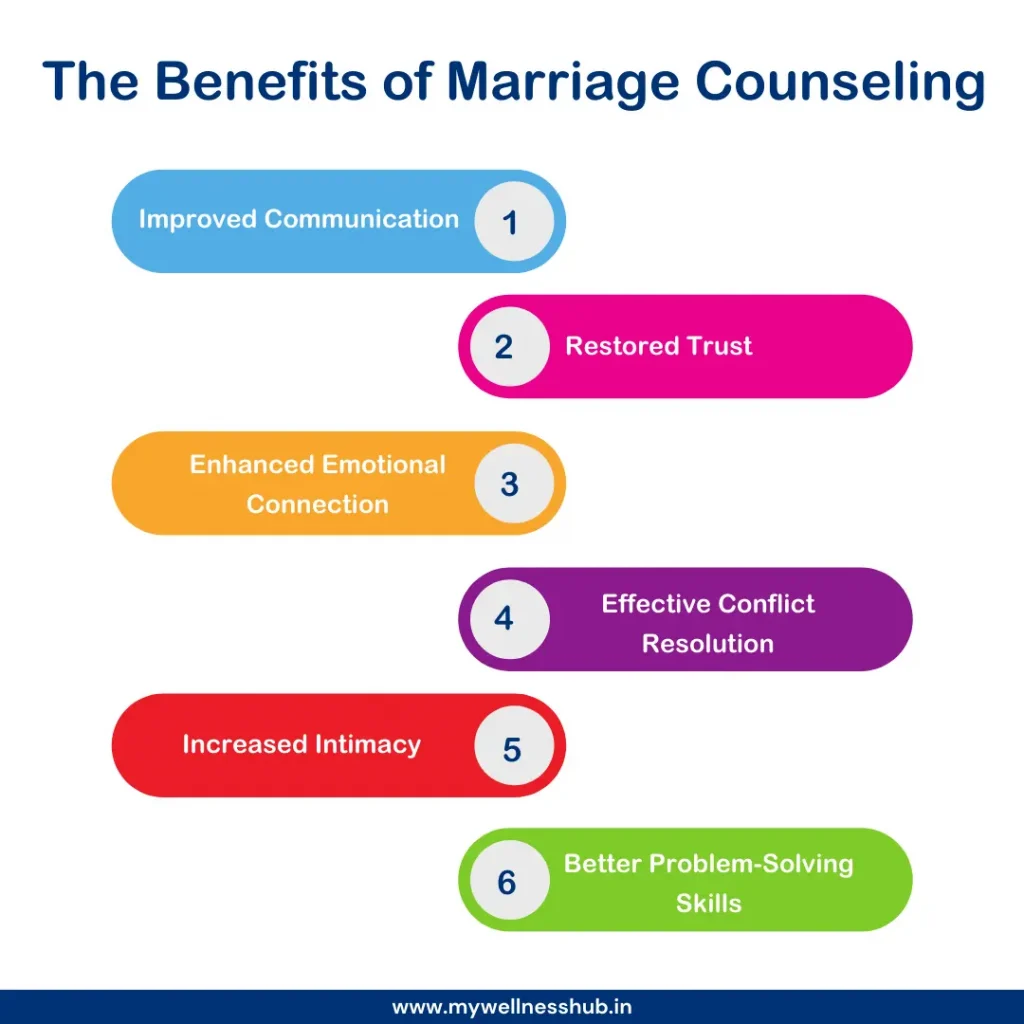Aim Point Counseling Things To Know Before You Get This
Aim Point Counseling Things To Know Before You Get This
Blog Article
The Facts About Aim Point Counseling Uncovered
Table of ContentsThe Buzz on Aim Point CounselingThe 5-Second Trick For Aim Point Counseling7 Easy Facts About Aim Point Counseling ExplainedUnknown Facts About Aim Point CounselingSome Ideas on Aim Point Counseling You Should KnowGetting My Aim Point Counseling To Work
The longitudinal design includes a pre-treatment study and two follow-up surveys at 3- and 12-months post-intervention. The research is embeded in eight Relationships Australia Victoria centres, across municipal, outer residential areas, and regional/rural websites. Relationships Australia, a non-government organisation, is the largest provider of pair therapy and partnership services in Australia.
In Australia, the mean size of marital relationship prior to separation is 8.8 years, and roughly half of all divorces include couples with kids [1] These high rates of partnership break down have been continually related to adverse wellness effects for both adults and kids complying with divorce/separation. These consist of isolation from support networks, and lowered earnings and requirement of living for both adults and kids [3], dilemmas of loyalty over children for males, and anxiety and loss of identification for women [4,5]
The 10-Second Trick For Aim Point Counseling
Longitudinal researches additionally recommend that children of divorce have a higher occurrence of psychological disorders, alcohol and drug usage, and high-risk sex-related behavior [7] The effects of divorce and separation can be detrimental, study shows that high relationship discord in intact couples is additionally likely to have unfavorable end results.
Additionally, factors that affect the results of these services need complete examination. Study to date has identified both pair and specific elements that might add to partnership dissonance. These consist of partnership complete satisfaction and dedication at the couple level, and clinical depression at the individual level. Robust research study to review relationship-enhancing interventions in the community are limited.
8 Easy Facts About Aim Point Counseling Shown
While many researches suggest improvements in relationship contentment following pair coaching, they are limited by the samples and procedures utilized, greatly short-term follow-up time frameworks, and evaluations that do not account for the dyadic nature of pair data - christian couples counseling. Connection commitment, based upon steps such as the Dedication Inventory (CI) [19], is another frequently investigated partnership result.
To summarise, research indicates that couple-specific variables in addition to private factors may predict the end results of pair coaching and partnership solutions. The causal instructions of these relationships, nonetheless, is much less clear. These monitorings are vital, considering that, to validate and direct the application of relationship services such as pair therapy, empirical evidence must discover both the results of partnership solutions and the factors that anticipate successful therapy.
, at the very least in some European countries.

We presently understand little about the accounts of couples that look for connection education compared to those who seek relationship coaching, or the end results of these programs. Nevertheless, anecdotal proof suggests that there may be considerable distress amongst at least some couples looking for partnership education and learning. Relationship education programs differ from pair coaching as they are typically highly structured, carried out in teams, and concentrate on a blend of four parts; recognition, responses, cognitive modification, and skills training [45]
About Aim Point Counseling
Feedback involves participants completing surveys about their connection (e.g. actions of interpersonal issues), and getting information on what their scores show. Cognitive-behavioural methods advertise changing cognitions to assist in favorable partnerships. These might consist of promoting practical attributions/expectations around adverse companion practices [46] Ultimately, in abilities training, pairs participate in talks or presentations on partnership abilities, and practice these throughout facilitator-led activities [ 45]
These meta-analyses highlight restrictions in the existing literary works on connection education. This example profile may not represent customers who normally offer for relationship education and learning.
The Of Aim Point Counseling

Very little research has checked out the comparative benefits of pair therapy and partnership education and learning programs. As customers are most likely to self-select into these solution kinds, click here to find out more it is unclear whether characteristic relationship distress profiles present per solution kind, or indeed whether there is a communication in between presenting profile, service kind and result.
(https://www.dreamstime.com/toddrashid01_info)
Therefore, we have actually consisted of a 12-month follow-up to gauge longer-term trends and impacts. The research study uses a number of standard outcome measures since some previous examinations have actually been criticised for their lack of standard evaluation [50] Lastly, the usage of statistical evaluations that presume freedom of information, such as t-tests, or ANOVAs, has been prevalent in previous researches [ 44,49]
For that reason, we propose to make use of multi-level statistical modelling treatments that control for the inter-dependence of pair data to assess any kind of treatment impacts. The particular goals of the ECC research study are to: 1. Map accounts of customers seeking neighborhood agency-based pair counselling vs. relationship enhancement programs in terms of socio-demographic and relationship indications (such as partnership satisfaction, relationship dedication, interpersonal problems, and factors for participating in), in addition to health (such as depression, general health and wellbeing) and health solution use (eg.
2. Determine whether couple coaching and partnership education solutions improve three- and twelve-month results for partnership contentment, dedication, and anxiety, using statistical analyses proper to pair information. 3. Determine the family member contributions of client variables (individual and couple) and therapy/education aspects to end results at 3- and 12-months, and to sustainability of outcomes with time.
The Greatest Guide To Aim Point Counseling
Multi-level modelling to determine pre-post distinctions, controlling for dyadic (pair) degree. To contribute to the literature examining the effectiveness of community-based pair counselling.
Report this page